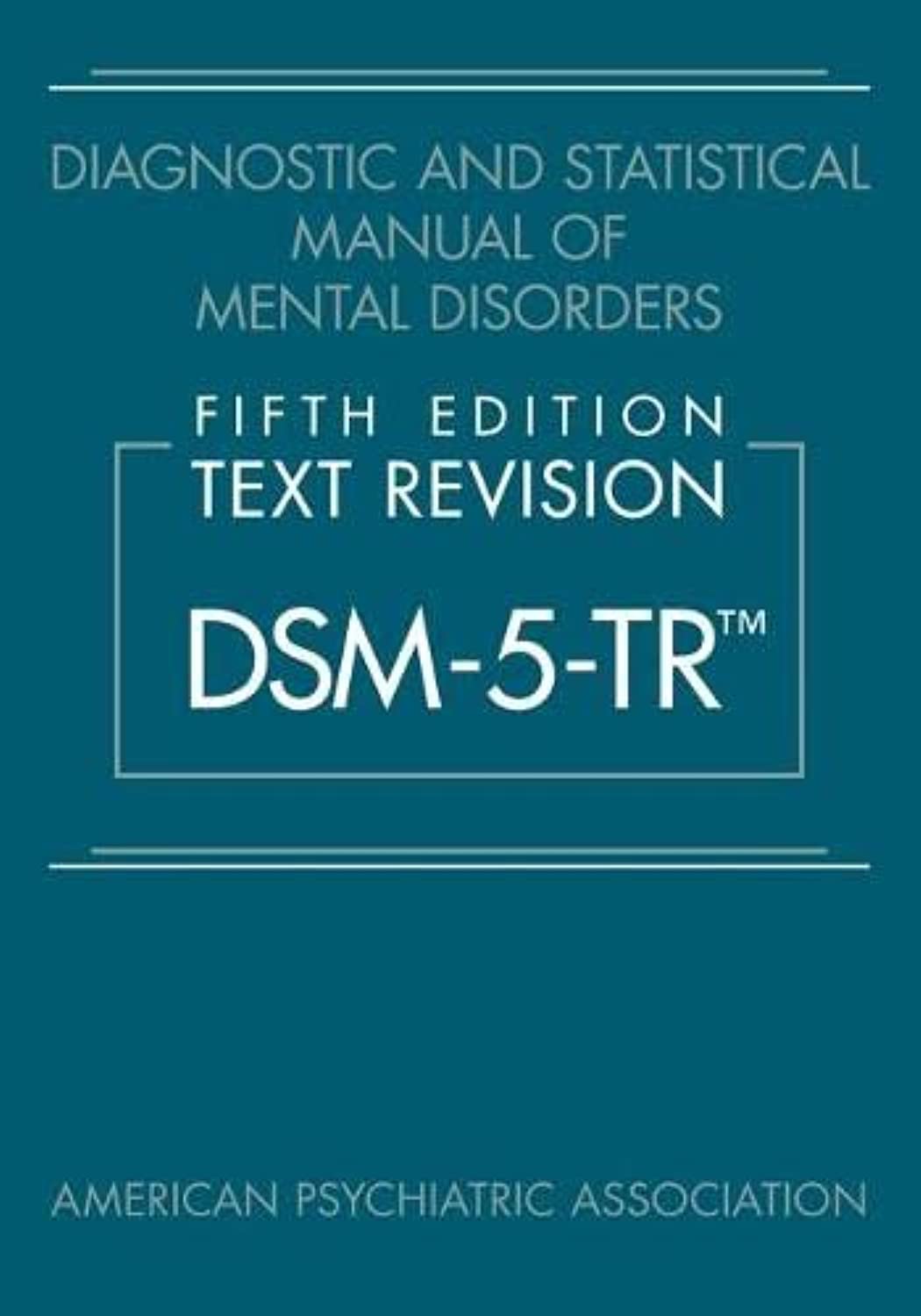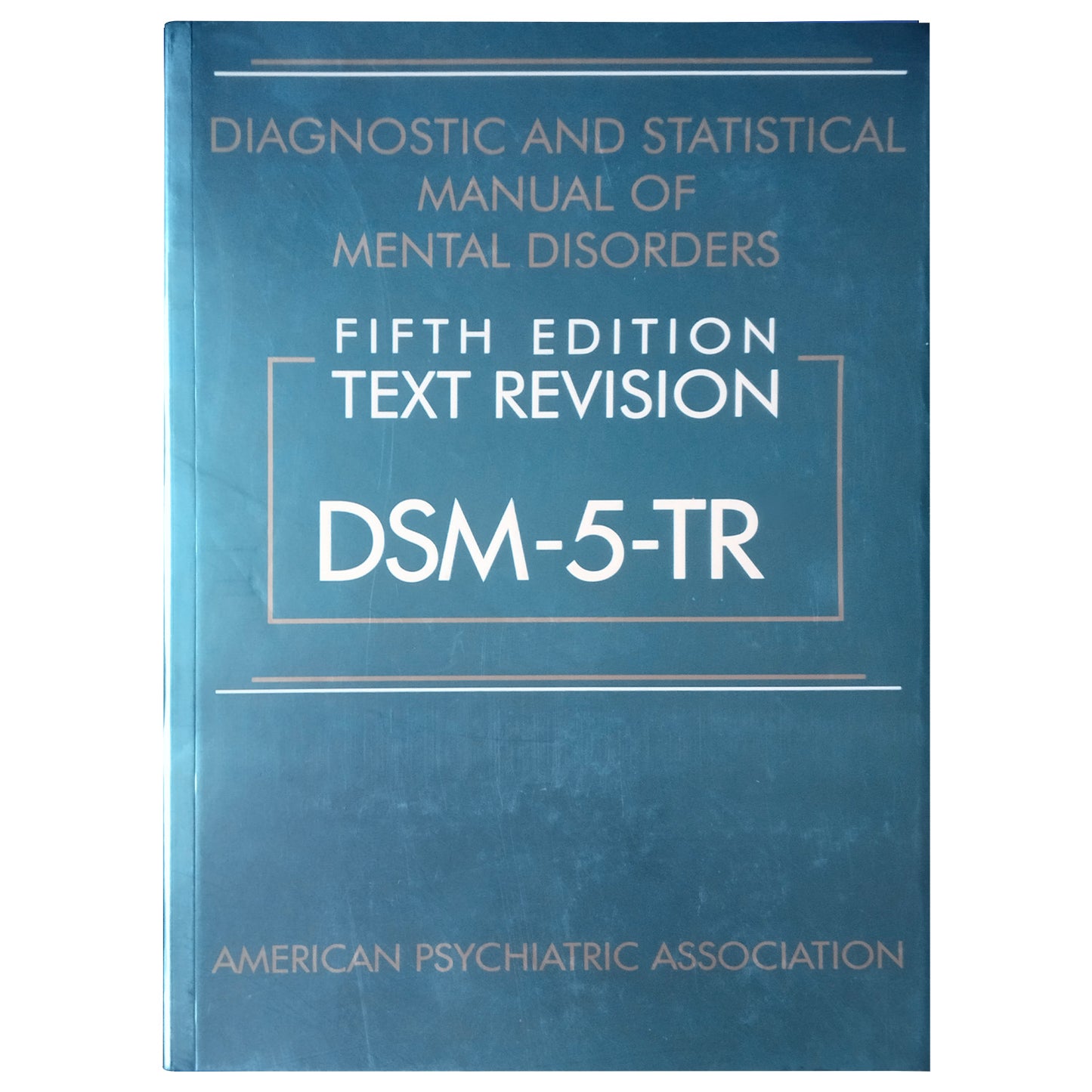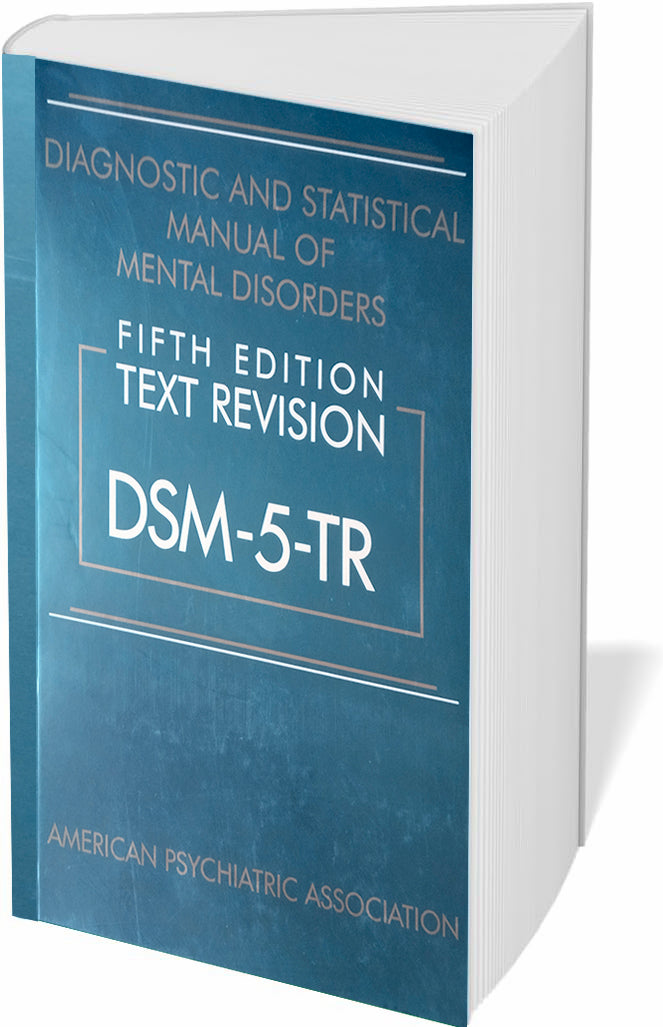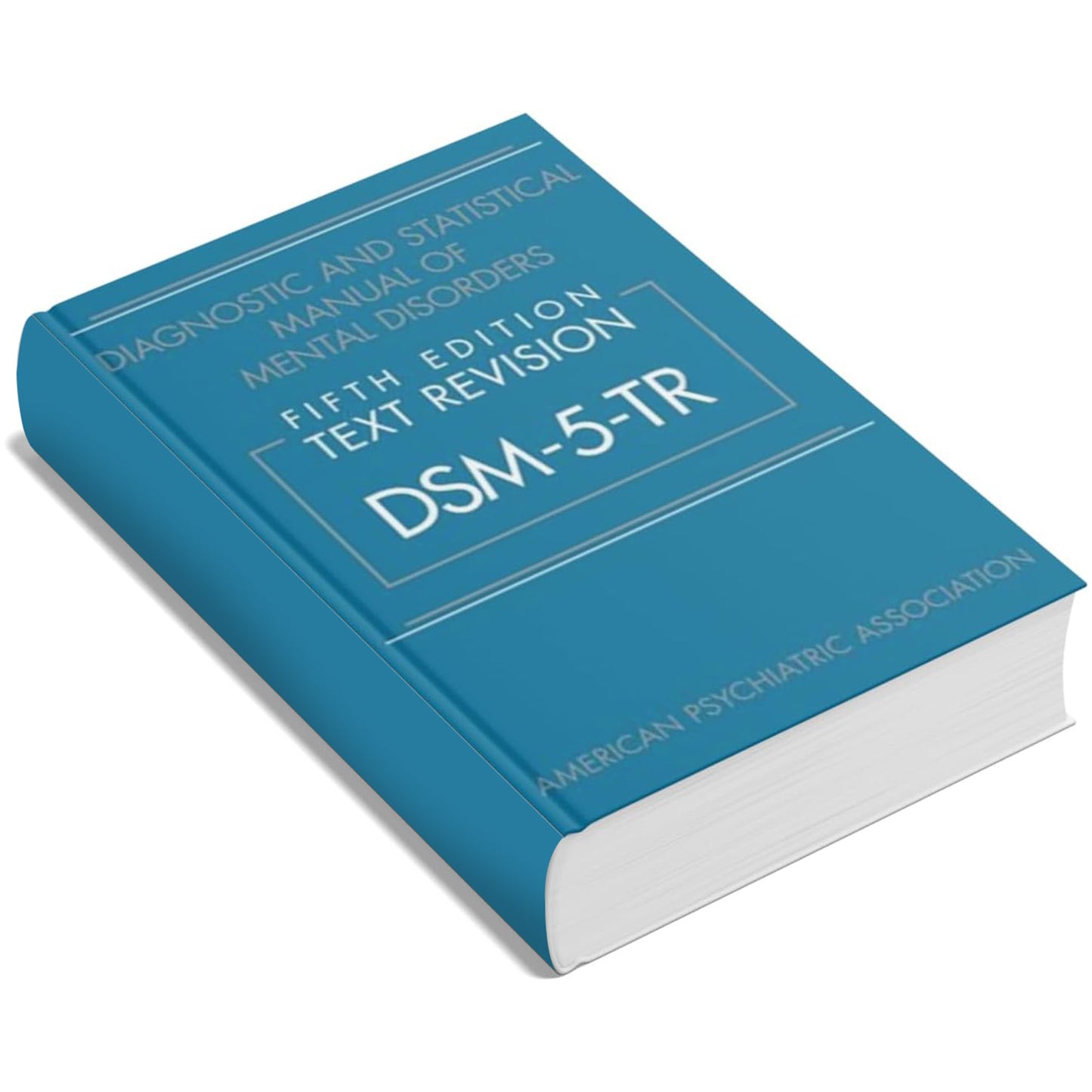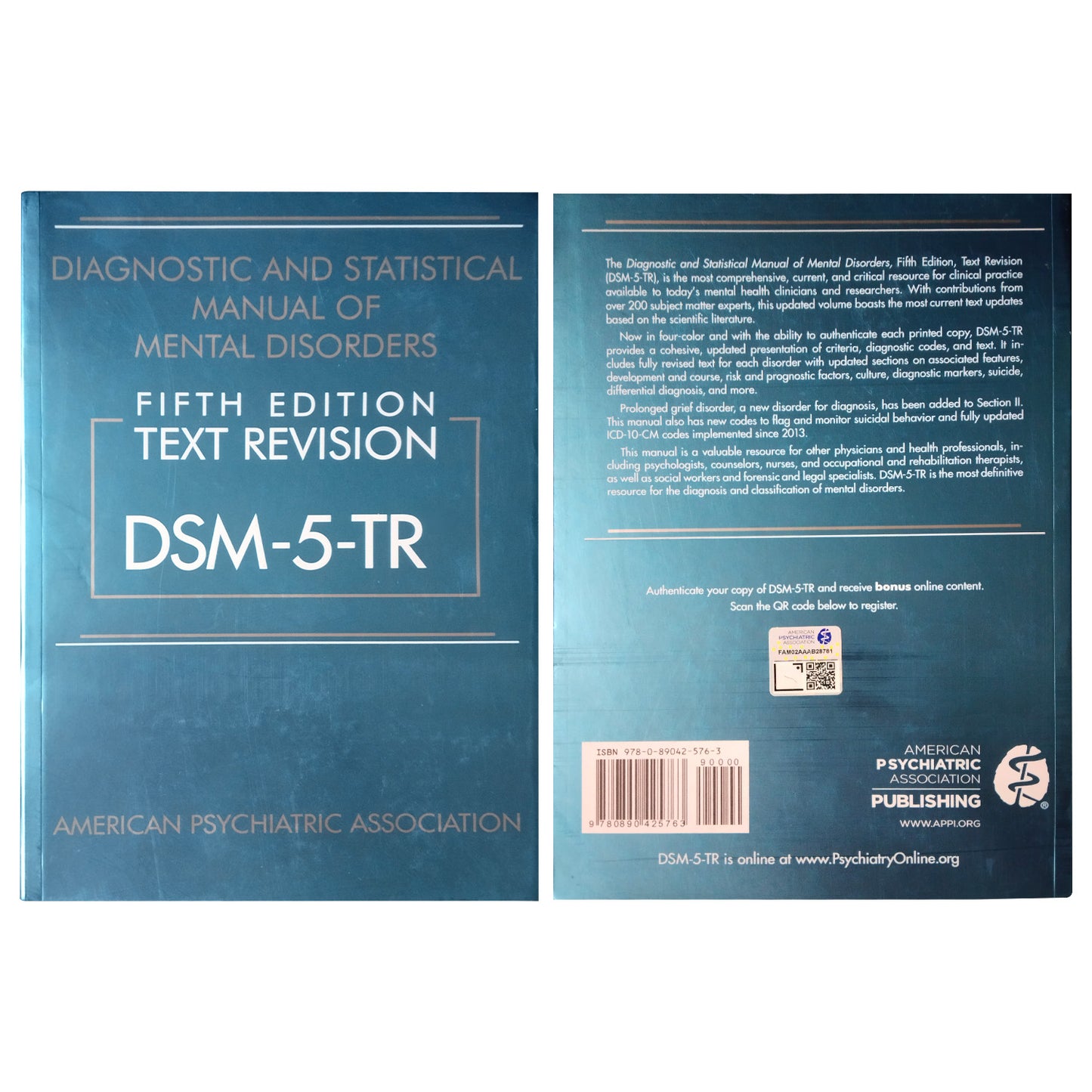DSM-5-TR: Diagnostic & Statistical Manual (APA)
DSM-5-TR: Diagnostic & Statistical Manual (APA)
Couldn't load pickup availability
DSM-5-TR: Diagnostic and Statistical Manual of Mental Disorders (Text Revision)
The DSM-5-TR from the American Psychiatric Association (APA) is the definitive, evidence-based manual for the diagnosis and classification of mental disorders. Built on current psychiatric research and clinical consensus, this text revision enhances diagnostic clarity, improves cross-disciplinary consistency, and supports treatment planning, documentation, insurance coding, and research across settings.
Why This Edition Matters
- Updated diagnostic criteria for greater clinical precision and interrater reliability.
- 70+ revised disorders reflecting new scientific evidence and cultural considerations.
- Prolonged Grief Disorder added as a new diagnosis to recognize emerging clinical needs.
- Expanded text sections with prevalence, risk and prognostic factors, culture-related issues, and differential diagnosis.
- Standardized terminology aligned with contemporary psychiatric research and global practice.
- Enhanced guidance on suicide and self-harm risk to support assessment and intervention.
Key Features (SEO-Focused)
- Comprehensive mental health taxonomy: neurodevelopmental, psychotic, mood, anxiety, trauma- and stressor-related, substance-related, personality, and more.
- Cultural formulation and gender-inclusive language to improve diagnostic equity and relevance.
- Clinical decision support: clarifies symptom thresholds, course specifiers, and remission criteria.
- Practice-ready content: supports ICD coding, documentation, reimbursement, and interprofessional communication.
- Education & training utility: ideal for psychiatry, psychology, social work, counseling, nursing, and public health curricula.
How Professionals Use the DSM-5-TR
- Accurate diagnosis: apply refined criteria to distinguish overlapping symptom presentations.
- Treatment planning: select evidence-based interventions and track outcomes with consistent specifiers.
- Risk assessment: integrate updated guidance for suicide and self-injury screening in clinical workflows.
- Care coordination: standardize language across multidisciplinary teams and levels of care.
- Research & policy: align study inclusion criteria, epidemiology, and health-system reporting.
Who Should Own This Manual
Psychiatrists, psychologists, social workers, counselors, psychiatric nurses, primary-care clinicians, educators, trainees, researchers, and health administrators who require a current, authoritative reference for mental health diagnosis and documentation.
Note: The DSM-5-TR is intended for use by qualified professionals. It does not replace clinical judgment or individualized patient evaluation.
